[ISSUE CoM] Plasma Activated Water (PAW) by Prof. Yu-Chuan Liu
 Water is the most environmentally friendly solvent, but it is often seen as a bystander to the reactions taking place in general agglomerated water. For decades, scientists have been discussing the properties of water in specific environments that differ from those of agglomerated water. Recently, researchers have developed a variety of small amounts of treated water to create specific applications.
Water is the most environmentally friendly solvent, but it is often seen as a bystander to the reactions taking place in general agglomerated water. For decades, scientists have been discussing the properties of water in specific environments that differ from those of agglomerated water. Recently, researchers have developed a variety of small amounts of treated water to create specific applications.
In 2014, we first reported in the journal ACS Nano on the use of hot electron transfer (HET) of nanoparticles (AuNPs) to produce mass-producible, innovative synthesis-active and stable plasma-activated waters (PAWs). In this study, we report purified, gold-free PAW collected from water condensed with PAW vapor (PAW-V), and its activity is still fully maintained. Interestingly, the sub-stable PAW-V still has electron doping and a weak hydrogen bonding (HB) structure, which can be confirmed by the zeta potential and NMR relaxation time (T1).
Like PAW, PAW-V enhances the efficiency of green energy hydrogen precipitation reaction (HER) and oxygen precipitation reaction (OER) compared with deionized water (DIW). PAW-V itself exhibits faster evaporation due to the reduction of HB between homogeneous molecules of water, while evaporation of PAW-V/isopropanol solution becomes slower due to the increase of HB between heterogeneous molecules. In addition, PAW-V can scavenge 2,2-diphenyl-1-picrylhydrazyl (DPPH) radicals and reduce the strong oxidant KMnO4, while the unique activity of pure PAW-V in water can be maintained after 3 days of storage at room temperature away from light due to the presence of hot electrons. PAW-V, collected by condensation and without the presence of gold, has become a promising green reactive solvent for various fields of physics, chemistry and biomedicine.
PAW water has been patented in the Republic of China, Japan, China and the United States for inventions, and a phase I human clinical trial was completed at Shuanghe Hospital in June 2019. The target is 20-30 cases.
《Article Source》by Prof. Yu-chuan Liu, Department of Biochemistry and Cellular Molecular Biology, College of Medicine, Taipei Medical University
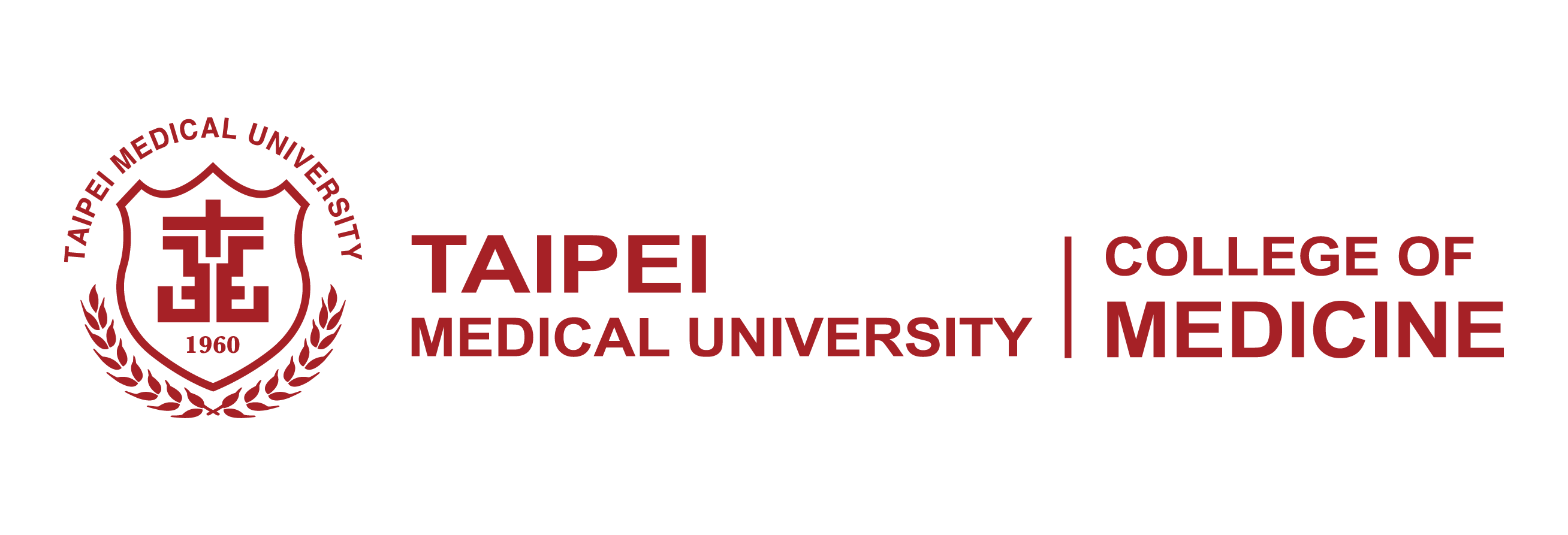
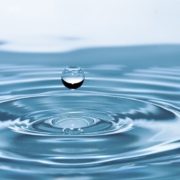
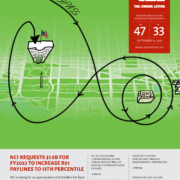
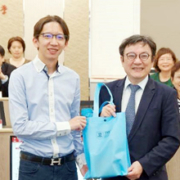
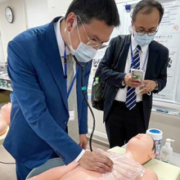








 Total Users : 308576
Total Users : 308576
